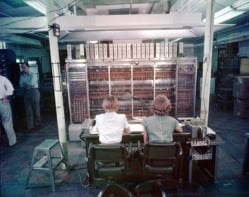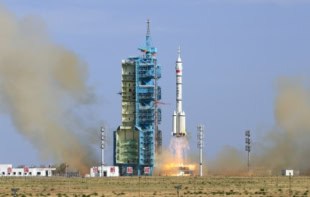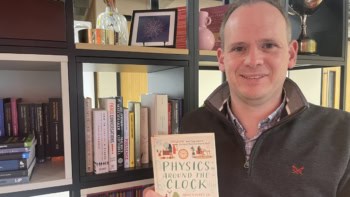Shy but significant, neutrinos may hold the key to some of the biggest questions in modern physics. In this podcast, astronomer Ray Jayawardhana tells the story of how these tiny, nearly massless particles were discovered and explains what their still-mysterious properties could tell us about the cosmos
The story of neutrinos began in 1930, when Wolfgang Pauli suggested that an unknown neutral particle could account for some puzzling behaviour in radioactive decay. At the time, the idea was speculative at best, and Pauli knew it, joking to a friend he said “I have done a terrible thing. I have postulated a particle that cannot be detected.” A pair of experimentalists, Clyde Cowan and Frederick Reines, would eventually prove Pauli wrong, but subsequent efforts to study this new particle – which Enrico Fermi dubbed the neutrino, or “little neutral one” – seemed to raise more questions than they answered.
These stories – and others from the neutrino’s rich history – are the subject of Ray Jayawardhana’s book The Neutrino Hunters. Currently an astronomer at the University of Toronto, Jayawardhana is due to join Canada’s York University as Dean of Science in July 2014. In this podcast he talks to reviews editor Margaret Harris about the history of neutrinos, the experiments being done to study them and what we might learn from these “pathologically shy” particles about the nature of our universe.



